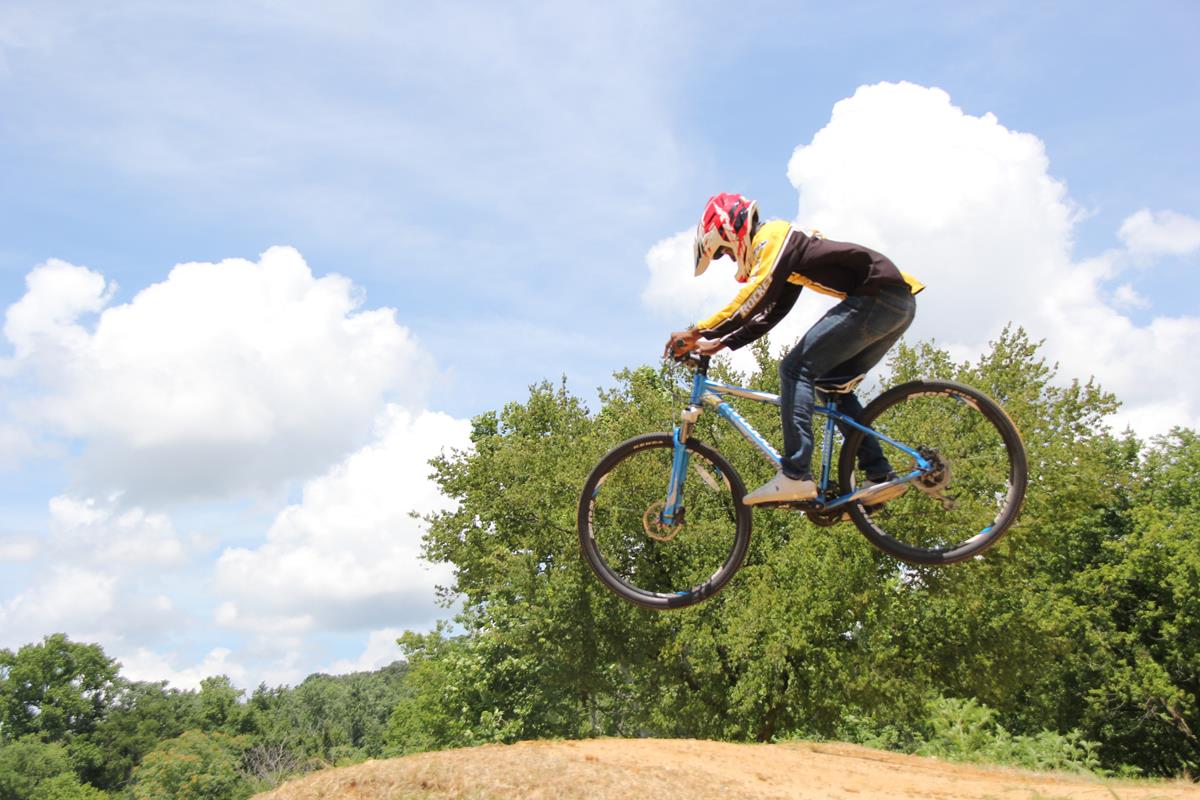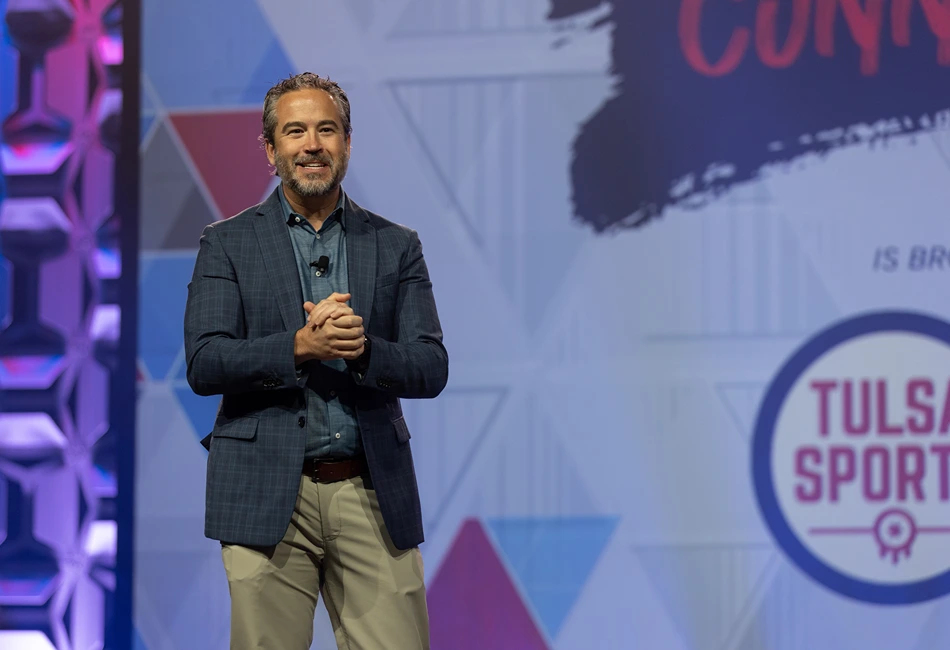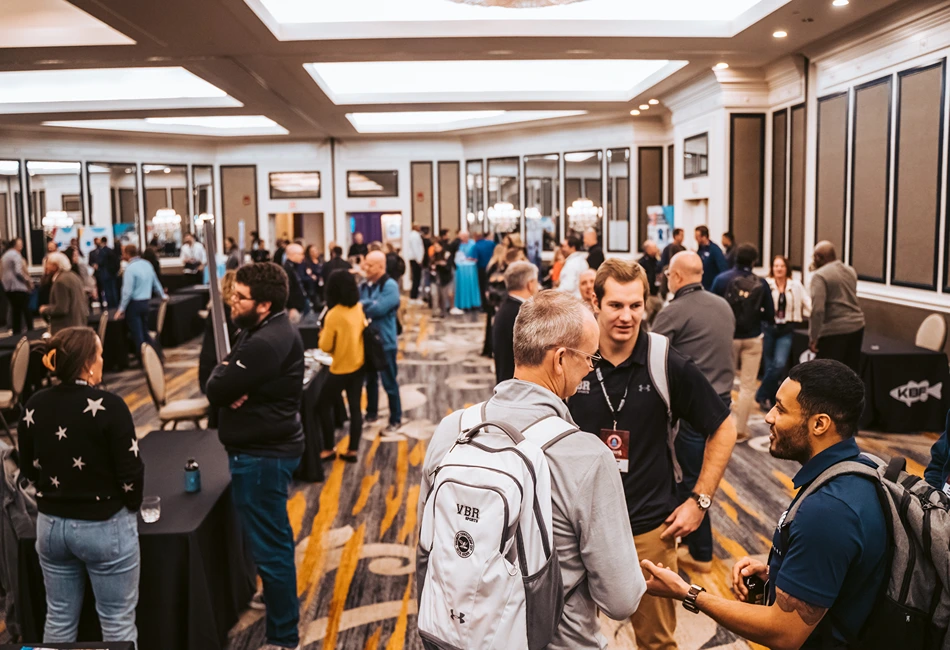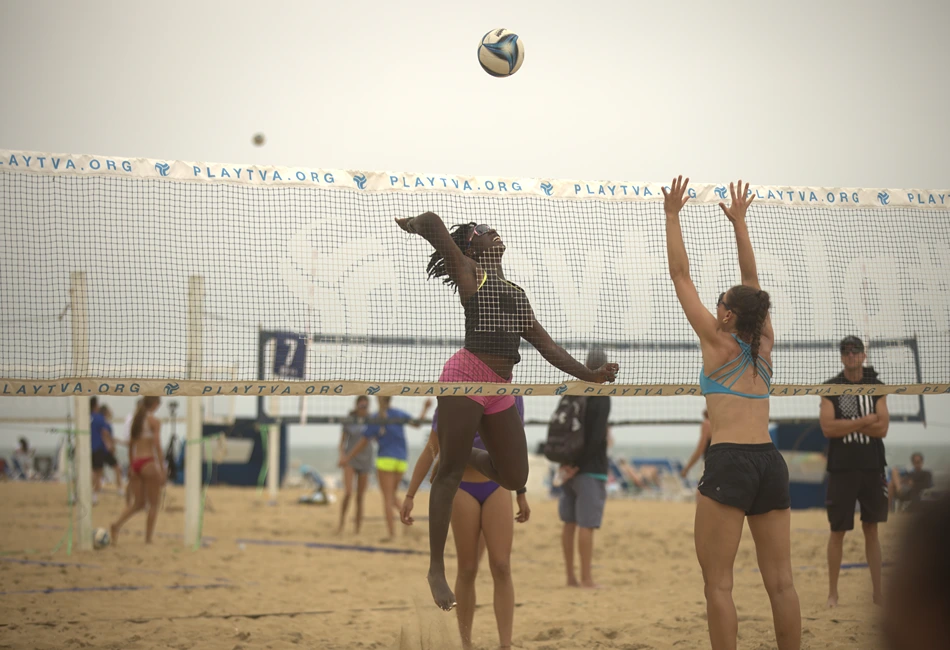Once considered a rogue activity favored by freewheeling youths in the mid-1980s, BMX is again having a moment.
This time though, BMX has taken on a new identity as a rapidly-growing and family-friendly sport.
“The hallmark of BMX are two fundamentals,” said John David, chief operating officer of USA BMX. “One, it’s one of the few sports in the U.S. where you can go out as a family and participate together, whether it’s on a local level or a national level. Two, no one sits on the bench. When a brand-new racer joins the sport, they race in the novice category. Everyone actively participates in BMX.”
Those tenets, along with society’s love of bicycling, has BMX on a considerable upswing. With the American bicycle market estimated at $6.2 billion, and with approximately 17 million sales of bikes annually, it’s no surprise BMX has made a comeback.
According to the Outdoor Foundation’s 2017 Outdoor Recreation Participation Topline Report, BMX biking had a 15 percent increase in participation the previous year, which was the most of any outdoor activity. From 2013 to 2016, BMX saw a 43 percent jump in bikers, from 2,168,000 to 3,104,000. Last year was no different, as David reports BMX enjoyed a 6 percent growth rate.
“We have seen explosive growth,” David said. “We’re extraordinarily excited. When I started in 2000, (USA BMX) had 15 employees. Now we have 36. In 2000, we had under 250 facilities (across the country) and now we’re at 320 with more coming. We anticipate by the end of 2018 to have at least 11 new BMX tracks come on board. 2018 is going to be a transformative year for USA BMX.”
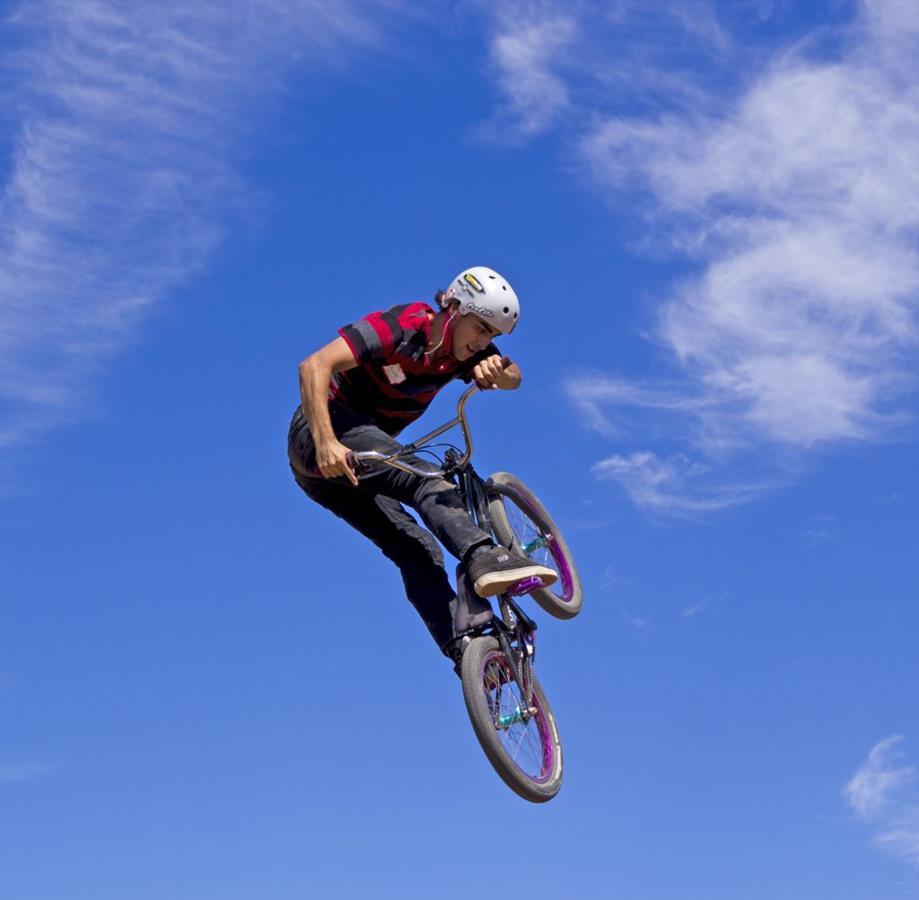
BMX has taken on a new identity as a rapidly-growing and family-friendly sport.
BMX is a form of off-road bicycle racing whose format stems from motocross. The bicycle frames are made up of various types of steel and aluminum and the racing bike wheels vary in size from 16” to 26”, with 20” being the most popular.
BMX races are sprint races on off-road single-lap tracks usually consisting of a starting gate for up to eight racers and a groomed, winding dirt course made up of various jumps and a finish line. The course is typically flat, about 15 feet wide and has large banked corners to help riders maintain speed.
The sport’s origins stem from 1970s motorcycle racing in Southern California, as youngsters attempted to mimic adults by utilizing dirt bikes. As the 1980s progressed, BMX’s popularity swelled, and riding a BMX bike became the epitome of cool among children and teenagers. As the 1980s wound down, BMX’s popularity began to wane, but today, it shows no signs of slowing down as entire families are hopping on bikes and sharing the experience.
“It’s an individual sport, but it’s commonplace to see little Johnny, his dad and mom all racing,” David said. “It’s not like taking your daughter to practice and watching her sit on the sidelines. With BMX, everyone actively participates. I’m amazed by the sport’s generational participation.
“Above all, our organizational mission is to share the great sport of BMX racing with families across the United States,” David added. “Every day, we try to get kids out to the BMX track and bring families that enjoy the sport together.”
One major reason BMX has been thrust into the public’s consciousness is the massive exposure it receives from being an Olympic sport, a designation it has enjoyed since the 2008 games in Beijing, China. Couple that with the fact BMX is a staple at quasi-alternative competitions like the X Games, and it’s no surprise the sport continues to flourish.
“The Olympic side of the sport has been very positive for us,” David said. “What it has done, more than anything, is it has made conversations much easier than it was in the past. For example, when we meet with a parks and rec department, to be able to say this is an Olympic sport, that creates an enthusiasm for people that don’t know the sport. It changes the tone of things and it has helped us have great growth in building facilities.”
USA BMX manages a 30-event national series where riders compete across the country, from bigger cities like Las Vegas, Phoenix and Atlanta to smaller locales like DeSoto, Texas and Rockford, Illinois. The sport also competes at lower levels that feature 320 operating clubs that in 2017 ran almost 11,000 local BMX races. With a membership base of just under 70,000, BMX is making an impact across the country, from the building of facilities to the dollars its events bring to communities.
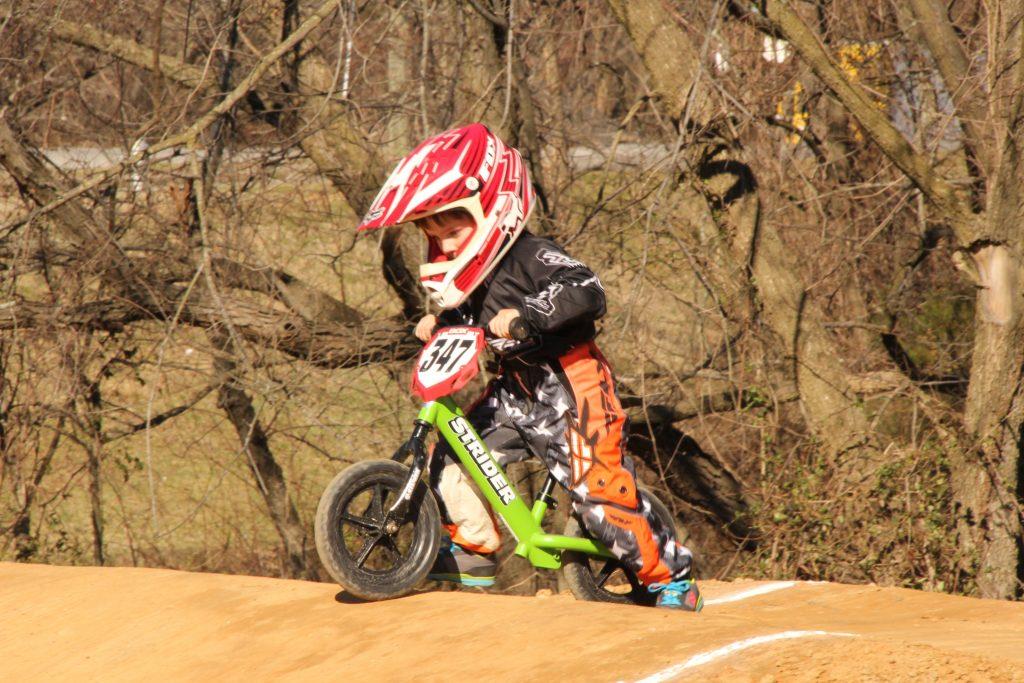
Children of all ages can participate in BMX races.
“When we host events, there is a different level of excitement around town than there usually is,” said Hector Cruz, vice president at Visit Tri-Cities, a convention and visitors bureau that represents Kennewick, Pasco, Richland and West Richland in the state of Washington. “These events have young kids from 2, 3 and 5 years old riding their bikes all the way to people 60 years old. It’s a wide variety of age levels and it’s truly a family event.”
According to Cruz, Columbia BMX hosts around 100 events per year, and 55 sanctioned races. This keeps its BMX track busy much of the year and its tourism coffers full.
“BMX has definitely paid off as an investment,” Cruz said. “We have over 100 people in our local BMX club and we have a state-of-the-art course (Columbia Basin BMX in Richland). They’ve hosted many races and more recently have been adding bigger events. A national event can bring more than $600,000 to the local economy.
“The economic impact of BMX not only generates revenue for local businesses, but it enables the city to invest in our local sports venues, such as the Columbia BMX track,” Cruz added. “Hosting national BMX events gives us an opportunity to showcase all the Tri Cities have to offer. For some people who come to the events, it might be the first time they visit a midsize community such as ours. Once they get here, they may decide to come back for a weekend getaway.”
As BMX’s popularity continues to surge, one wonders where its tipping point resides. Will it continue to soar unabated, gaining popularity year-by-year as it did in the early 1980s or will it taper off as it did in the late 1980s?
“It definitely has a positive future,” Cruz said. “There is still a lot of potential for it to grow locally. And with it being an Olympic sport, and with people watching it on TV and seeing all the excitement it creates, there is still a lot of growth that can take place nationally and globally as well.”
“I have such great belief in our sport,” David said. “I think we have an extraordinary runway in front of us for continued sustainable growth. Taking our sport from a niche sport to something more mainstream. The biggest challenge we face is telling people what our sport is. The more people who learn about it, and learn about our culture, the more they love it.”

